Benchmarks: Taimi Barty—FWW is like a letter from an expert friend


As I recently started my 50th trip around our sun I’ve been reflecting on how life has gone so far. There are inflection points that drastically change the laissez-faire approach that I tend toward. One such inflection point was my acceptance to the College of the Redwoods Fine Woodworking Program in 2000. Lots changed that year. I left my job as an environmental engineer. I left my life in the city and moved to what seemed like the edge of the western world and immersed myself in working with wood, seven days a week, at least 8 hours a day. I read my first Fine Woodworking that year. It was always an exciting day when the new issue arrived at the school and was placed on the round maple table in the lunch area. Students slipped out of the shop and took a few minutes or hours to read through the fresh issue. I can’t prove it but I think the first article I read was “A Round Kitchen Classic” by Thomas Calisto, followed by “Japanese Planes Demystified” by Carl Swensson. Wouldn’t you know, a few months later I was working on a bent lamination apron for a desk and had already purchased my first Japanese round-bottom plane.
There have been relatively few inflection points of that magnitude since 2000, just the usual: starting my own cabinet shop with my husband (we met at the school), birthing a child, the death of my mother. Typical stuff. So, in my reflection of life thus far, I started to think about how things have changed within this relatively uneventful life of mine and it occurred to me that I have had a fascinating relationship with what I’ve come to view as a friend—a friend who always seems to give me what I need in the moment, often without my bidding. This reliable friend is Fine Woodworking. As mentioned, the first issue I read was back in 2000. I was gobsmacked by all the beautiful pieces, thoughtful stories and explanations, the clear diagrams that made sense even to a novice like myself. Upon completion of my second year with Krenov and the fabulous team of teachers at the school and setting up my own shop, the magazine helped me in a new way. Instead of looking at the subject of the articles I started studying the background. What machines did others have, where was their dust collector, how did they store their clamps? Again, in an understated but thoughtful manner my friend was there for the support I needed in that moment. I still use the router table that was featured on the front page of the Tools and Shops Annual Issue, 2006. Purchasing a bandsaw is one thing; keeping it running is yet another. Check out “Bandsaw Tune-up” by John White.
As the years ticked on and our woodworking business began to grow, my relationship with Fine Woodworking changed again. I now knew many of the contributing authors of the magazine. It felt so exhilarating to recognize a smiling face, a shop, or a piece of furniture that I may have had a chance to touch in person. It made me feel I was part of a community, both locally and in a bigger sense, by what was reflected on the shiny pages before me.
In 2013, I was asked to write an article for Fine Woodworking. I was elated, excited, and proud to be invited. I wrote an article on adding a gallery to a desk. What an incredible experience that was, to be on the other side. I learned what goes into writing an article. The writing was easy but the three days of photography, having multiple components of the same part ready so that we could shoot the glue-up on the same day as the finished pieces, the doweling of a carcase and hinging of the door in the same morning. You get the idea. The work that the folks at Fine Woodworking do to get the drawings right, the photography and captions in place, and endless editing, is truly amazing. It changed the way I view every article I come across. I now understood the stuff my friend was made of, below the surface of the smiling faces, working hands, and thoughtful words.
The past 10 years have been hectic. Great, but hectic with kid stuff, aging mother in-law, a pandemic, and a growing cabinet business. I have to admit I have neglected my old friend. Relaxed afternoons and evenings of reading a magazine have not found their place with the same regularity during these years. Still, she was there, for inspiration. Inspiration for ideas or techniques I’d like to try and jigs I’d like to make, but also to see what my community was up to, seeing their progress and adventures. It makes me feel good. It’s like getting a letter from an old friend.
Two years ago I started teaching high school woodshop in Mendocino, a small town about 7 miles south of Fort Bragg where I’ve lived since attending College of the Redwoods. My mission is to create a feeder school for the Krenov School, a space for teens to be exposed to fine woodworking and learn to build furniture. During the first year they built solid wood cabinets using dowel joinery, with frame-and-panel doors. The students studied “Display Cabinet, the Krenov Way” by Jim Budlong. This year we are exploring stools and the students are designing their own seats. They are doing bent laminations, veneering, coopering, and inlay. And here is the real joy: I get to refer them to my old friend, Fine Woodworking. Just last week, one of my students told me she saw a table with a [marquetry] flower in it in Fine Woodworking. Could she put a flower design in her stool seat?
I asked some of my students to share their thoughts on the magazine. Here are a few quotes:
“The journal takes you deliberately through the process of woodworking, allowing both beginner and advanced workers to follow the same directions. It is a very comfortable read. I utilize Fine Woodworking to understand woodworking, learn how to build styles and build furniture.” Mea, 11th grade.
“The magazine has a lot of helpful tips and techniques for woodworkers. I found the article on applying different dyes and finishes to create pretty color variation interesting. I would like to try using dyes sometime on a project. I think the colors make the piece look very aesthetically pleasing and professional.” Kiara, 9th grade.
“I really liked the bench I was reading about, it’s really pretty. Some of what he talked about was familiar, and it’s interesting to see steps and diagrams.” Inyo, 9th grade.
It is truly joyous to watch these kids flip and read, study, and be inspired. I am seeing my own reflection as I once felt, discovering a world new to me in working with wood. One can only hope we, as a community, are providing them with an inflection point of their own. Fine Woodworking is a gift that really has kept on giving, my entire adult life, always filling whatever need I’ve faced as I grow both as a human and as a cabinet maker. I am so grateful for this amazing resource.
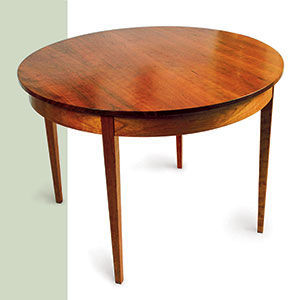 |
A Round Kitchen Classic
Learn the basics of bent lamination as you build this cherry table Thomas Calisto |
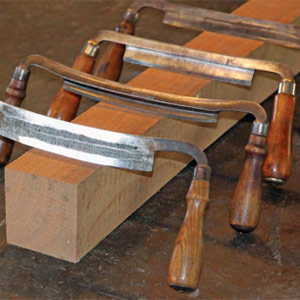 |
How to Sharpen and Use a Drawknife
Learn how to master the drawknife, a brilliantly simple shaping tool that’s versatile, fast, and a pleasure to use. Curtis Buchanan |
Japanese Planes Demystified
Tuning up a new wooden plane teaches you how to maintain the tool for life Carl Swensson |
|
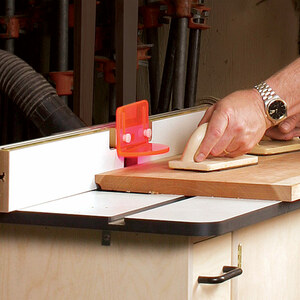 |
Router Tables
Four favorites, plus two surprises, stand out from a field of 13 Roland Johnson |
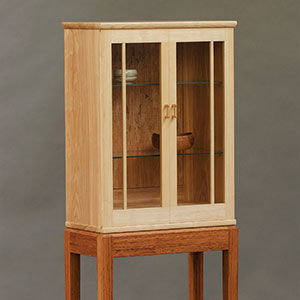 |
Display Cabinet, the Krenov Way
An approach to seeing and building that launched a generation of furniture makers Jim Budlong |


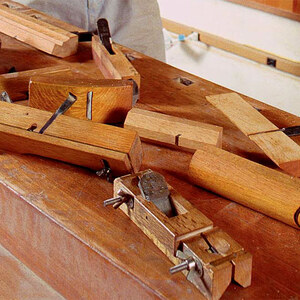
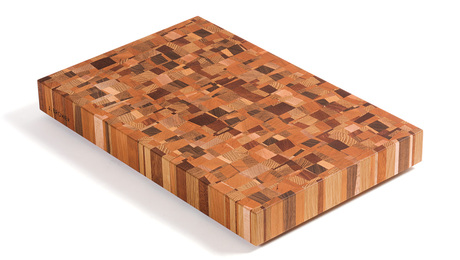
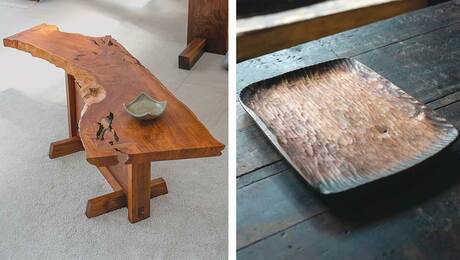
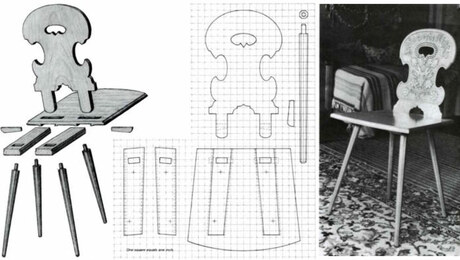
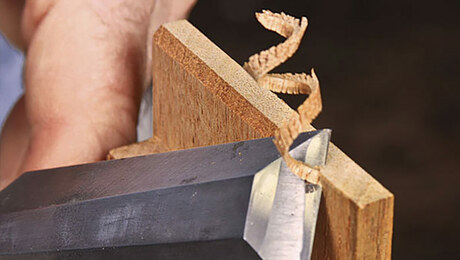


















Log in or create an account to post a comment.
Sign up Log in